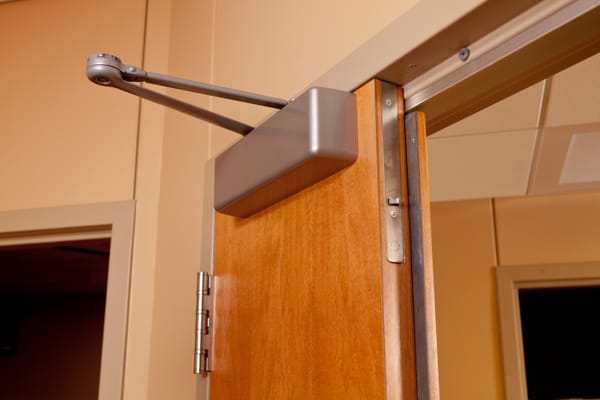Applying polyurethane to wood is a popular finishing technique to protect and enhance its appearance. Polyurethane acts as a protective shield for wood surfaces, sealing them against moisture, dirt, and scratches. Applying the right number of coats of polyurethane is crucial to achieving optimum protection and achieving beautiful results that last long. In this blog, we will discuss the ideal number of coats of polyurethane to apply and the factors that influence the number of coats required.
Polyurethane is a popular finish for wood, and in most cases, it requires more than one coat for durability. Generally, two to three coats of polyurethane are recommended for the best protection and appearance. However, several factors determine the number of coats required. For instance, if the wood is old or porous, it will absorb more polyurethane and may require additional coats. On the other hand, if the wood surface is already smooth, the number of coats will be relatively lesser.
The type of polyurethane used is another critical factor that determines the number of coats required. Oil-based polyurethane tends to be thicker and requires fewer coats compared to water-based polyurethane. However, water-based polyurethane dries faster, and its application dries quicker compared to the oil-based alternative. The desired outcome, preference, and condition of the wood surface will determine which type of polyurethane to apply and the number of coats.
Another essential factor that influences the number of coats to apply is the level of exposure to wear and tear. Wood surfaces that experience high traffic, constant contact with water, and direct sunlight will require several topcoats of polyurethane. This ensures that the wood surface is adequately protected against wear and tear. Additionally, in areas with high humidity, more coats may be required to prevent moisture penetration.
The application technique used is also crucial in determining the number of coats to apply. A brush, roller, or spray technique can be used for polyurethane application, and each method produces varying results. A brush technique may require more coats to achieve the desired outcome, while a spray technique covers a larger area and requires fewer coats. It's essential to choose the application technique based on the desired outcome and the wood surface's condition and consider the number of coats required to achieve the best results.
In conclusion, applying polyurethane is a popular way of finishing wood surfaces, and it's crucial to consider the ideal number of coats required to achieve the best results. The number of coats to be applied depends on several factors, including the type of polyurethane used, the wood surface's condition, and the application technique used. Applying two to three coats of polyurethane is the ideal number required for complete protection. You can't go wrong with polyurethane as long as you follow the instructions on the label and apply it expertly. Take time to prepare the surface and apply the right number of coats to achieve optimum results.








